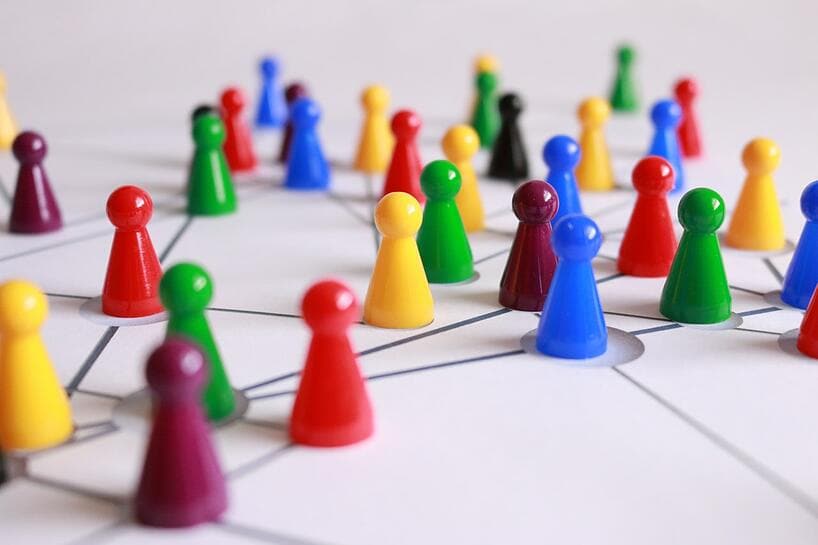Gamification is the use of game thinking and game mechanics, often in non-game contexts, to engage users in solving problems. It’s essentially the concept of applying game-design thinking to non-game applications.
Game elements can include rounds, stages or levels, simulations, the collection of items of value, the gaining of points, winning or losing, or a race against the clock. Not all of these elements need to make it into the instructional design of a course. However, the shrewd L&D leader can supercharge the learning experience by incorporating gamification elements when it makes sense.
The Benefits of Gamification in eLearning
Fun
Gamification adds a bit of fun to what is still considered work. Employees will appreciate this and be more eager to participate.
Safe environment
A gamified experience like simulations provides a safe environment to practice a real-world scenario, such as delivering a sales presentation or carrying out a problematic customer care scenario. Simulations provide a safe environment in which to make mistakes and learn, which is needed before the employee tries them out in the real world.
Built-in feedback
This benefit is one of the biggest of gamification: employees are kept keenly aware of how they are doing in the course, based on the points or status they attain. The built-in feedback of gamification, such as points earning, also incentivizes learners to pay closer attention to their performance on the course.
Motivation
Points, badges, leaderboards, and digital goods are just cosmetic benefits. Gamification can drive strong behavioral change, especially when combined with the scientific principles of repeated retrieval and spaced repetition.
Universal
Gamification is not just suited to one type of training. It can be used to fulfill most learning needs, including onboarding, sales, customer support, soft skills, and compliance. Even hard skills, such as software development, can be taught with game elements.
Why Gamification Works
Gamification just works. Here’s why:
Entertains, engages and motivates
If people are having a little bit of fun while they’re learning, they’ll be highly engaged and motivated to pursue goals.
Challenges
When there are complex problems to solve, the learner is forced to think in creative ways and is therefore challenged.
Knowledge retention
Often, to proceed to the next level—to garner a badge or some type of digital asset—the learner will need to rely on previously presented information or accomplishments. This process emphasizes knowledge retention.
Team building
Some elearning courses are delivered in groups, in which two or more employees are placed together to complete a task. In this manner, a gamified elearning course provides not just team building but also training —rendering much more value than a paintball game, whitewater rafting trip, or other exercises dedicated exclusively to teambuilding.
Continuous feedback
By way of points, badges, or levels, assessments are casually built into a gamified course, as mentioned earlier. As such, the course is providing continuous feedback, often without the learner realizing it.

However, not every game element needs to make its way into your courses. Experiment with a few, and determine which are working and which are not.
Gamification elements still need to fit within the confines of instructional design. Evaluation should take place in the Design and Development stages of ADDIE: perhaps a game element may fit well within the course design but would be too resource-intensive to develop.
Over time, your organization will gather feedback about the different uses of game elements, deciding which ones yield the strongest outcomes and the highest ROI for your courses.




